Harness assembly, as a fundamental component in complex electronic systems, is the process of assembling electrical wires and cables into a single bundle. This process enables seamless power and signal transmission within various devices and machinery, ensuring the efficient and reliable operation of electronic equipment across various industries.
The complexity of harnesses can vary depending on the application. A simple harness may contain only a few wires, while a complex one may consist of several hundred or even thousands of wires. The complexity of harnesses varies based on the required functions and connectivity needs, meeting the specific requirements of different electronic systems. Furthermore, they can be shielded or unshielded, with shielded harnesses used to protect wires from electromagnetic interference (EMI), which is crucial for maintaining signal quality.
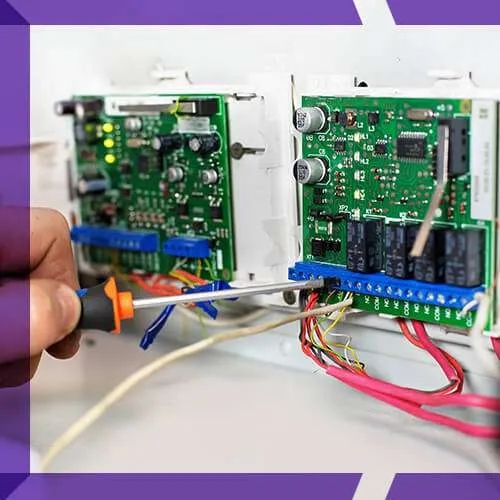
Why Wells Harness Assembly Services
Wells is a leading PCBA manufacturer headquartered in Shenzhen, providing a wide range of value-added services to global customers, including wire and cable harness assembly. Our team comprises professional engineers and skilled assemblers capable of handling assembly work ranging from single-core to multi-core cables, whether it’s simple wire and cable components or complex custom cables and harnesses.
Customized Solutions: We offer comprehensive turnkey services, covering PCB Assembly Services, Box Build Assembly Services, and Cable and Wire Assembly, allowing you to tailor solutions to perfectly fit your project’s needs.
High Compatibility: Throughout the production process, we conduct thorough checks on product performance, dimensions, and aesthetics to ensure full compliance with design specifications, identifying and addressing any compatibility issues.
Cost-Effective: Through efficient labor and raw material procurement, we provide competitive pricing. Additionally, our engineering team actively engages in design projects, offering professional insights to ensure cost-effectiveness without compromising quality.
Expertise: Our expertise spans ribbon cables, coaxial cables, and electromechanical components. To ensure production accuracy, we actively validate data and implement revision control to ensure reliable and consistent results.
Quick Turnaround: Our in-house factory utilizes both manual and automated assembly methods. For prototypes and small-batch projects, manual wire harness assembly can save equipment setup time. For large-batch projects, automated assembly equipment enhances efficiency. Both assembly techniques allow us to respond rapidly to customer demands.

Fiber Optical Cable Assemblies
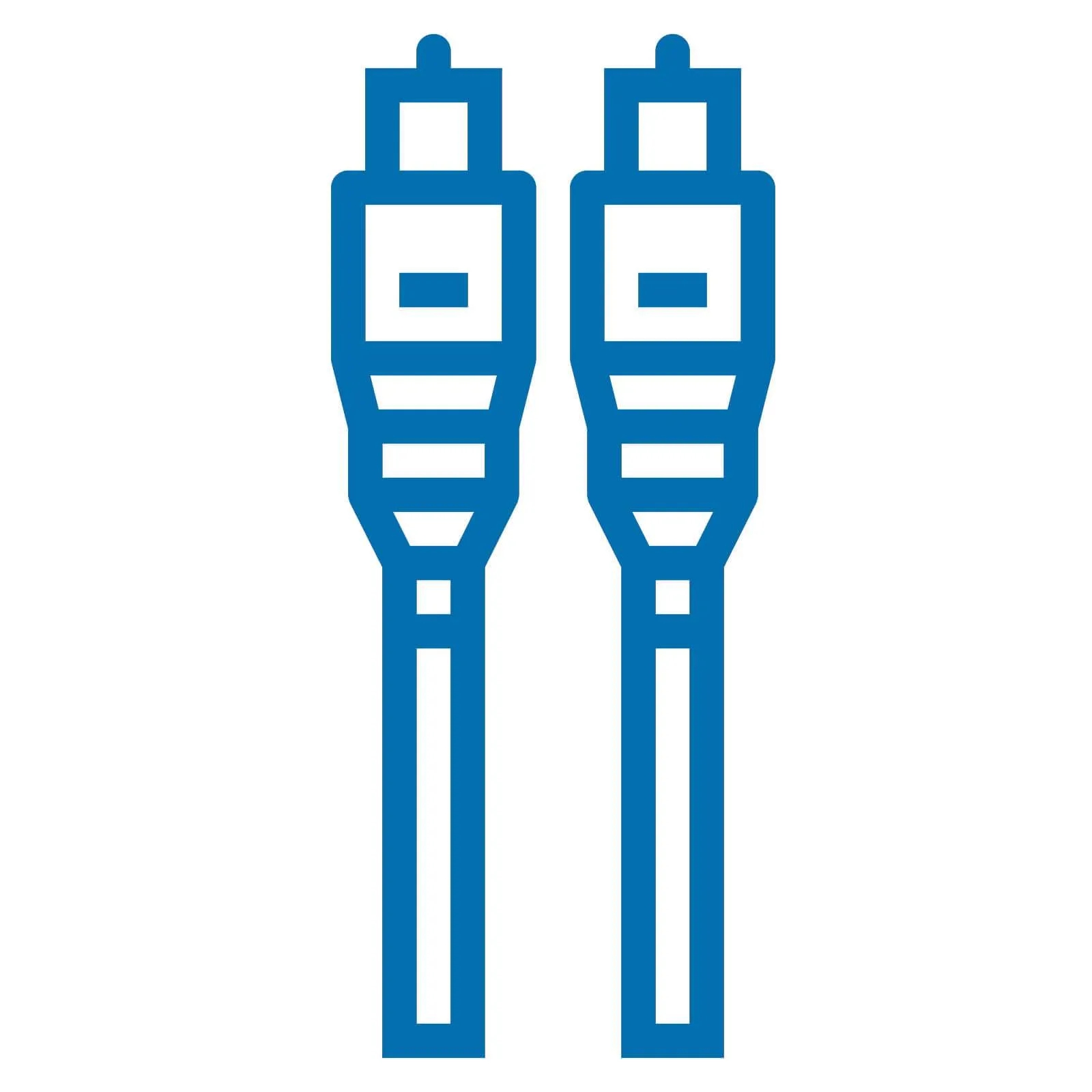
Coaxial Cables

Halogen Free Cable
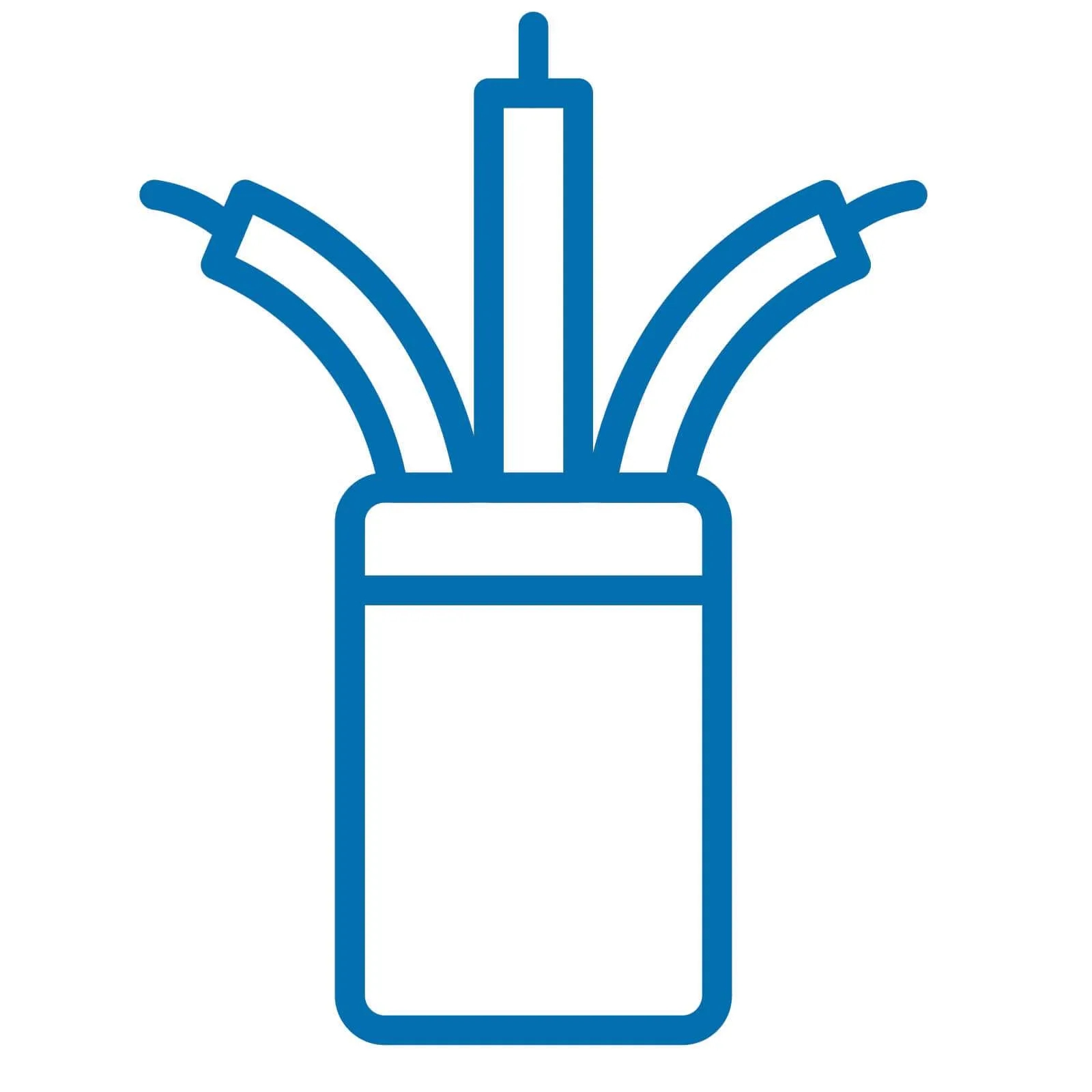
ETFE-, FEP-, PFA-, Cables and Wires
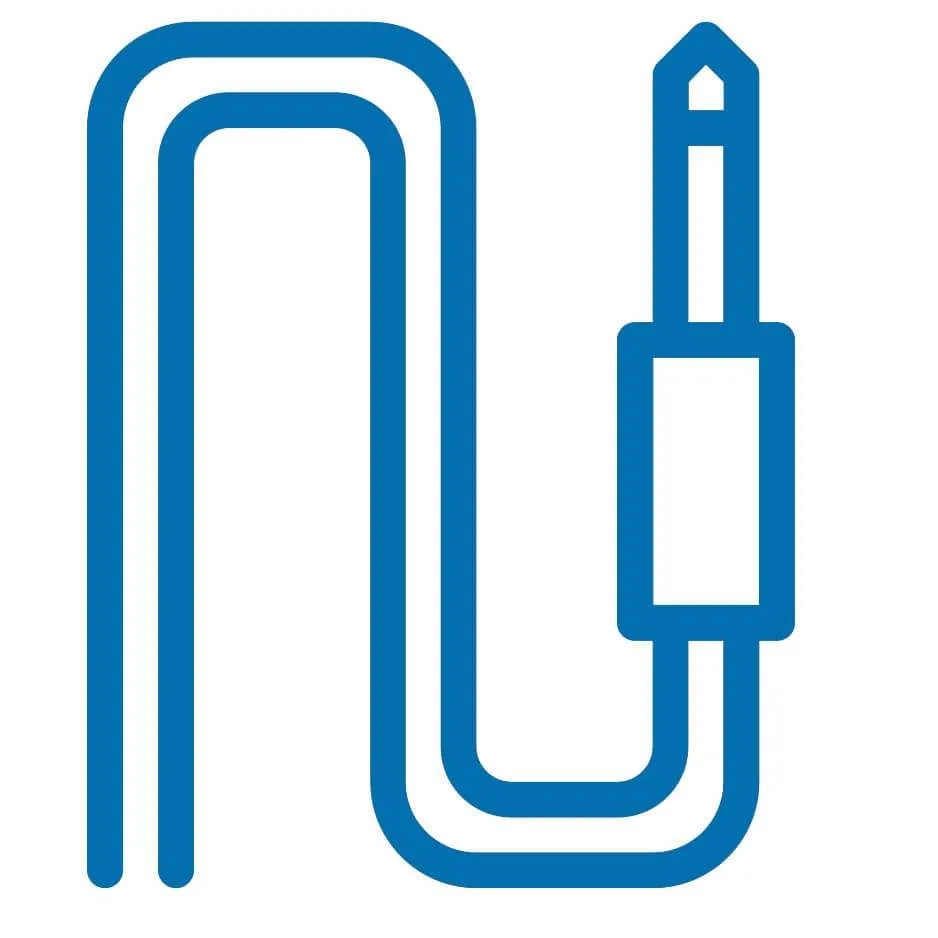
Custom Cable Harness

Ribbon Cable
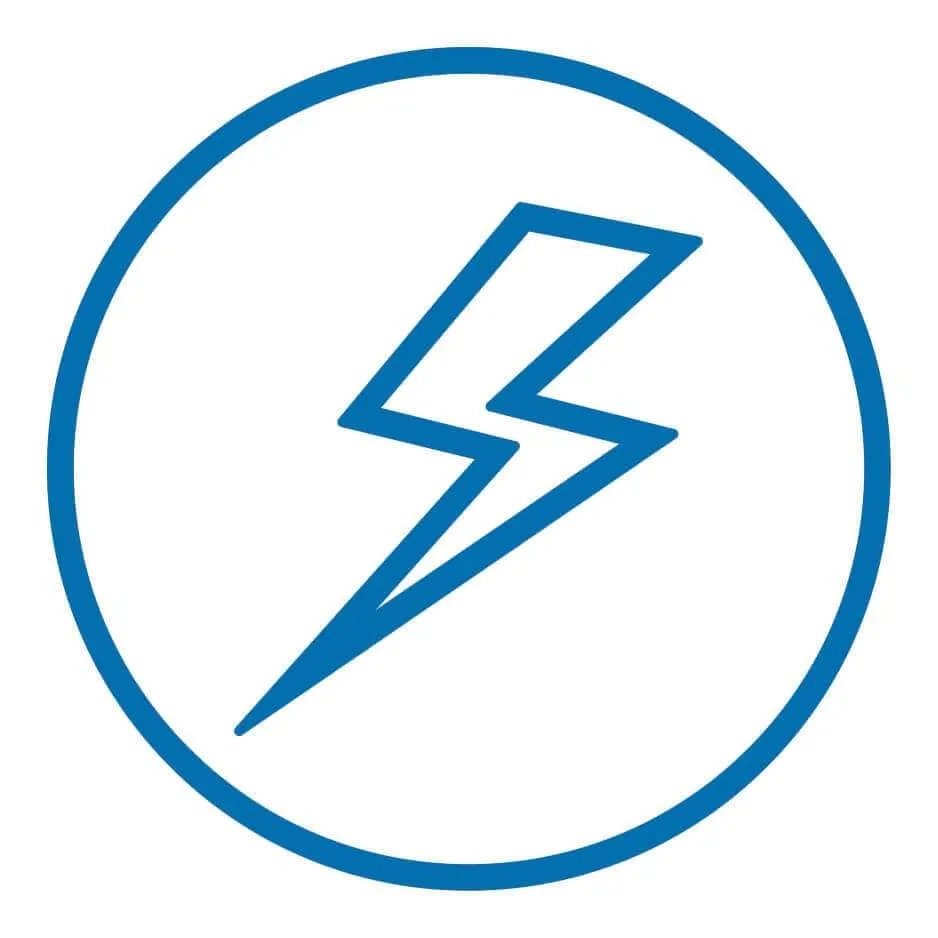
Electromechanical Assemblies

Stainless and Synthetic Cables



